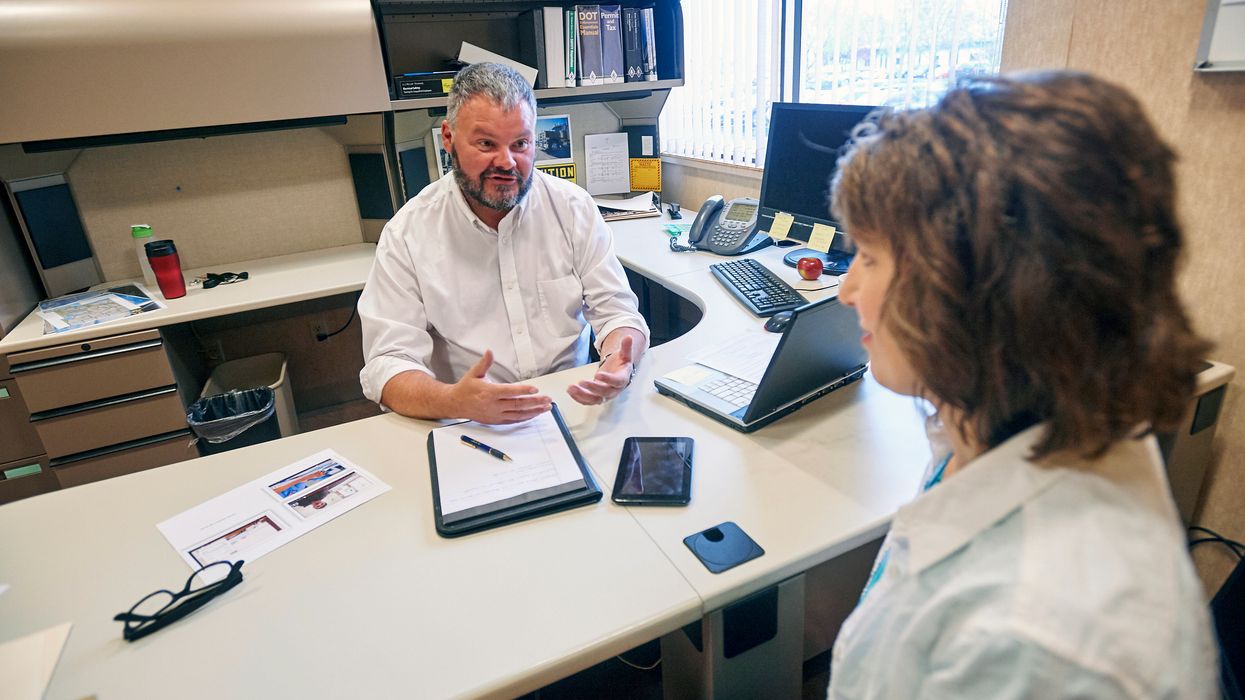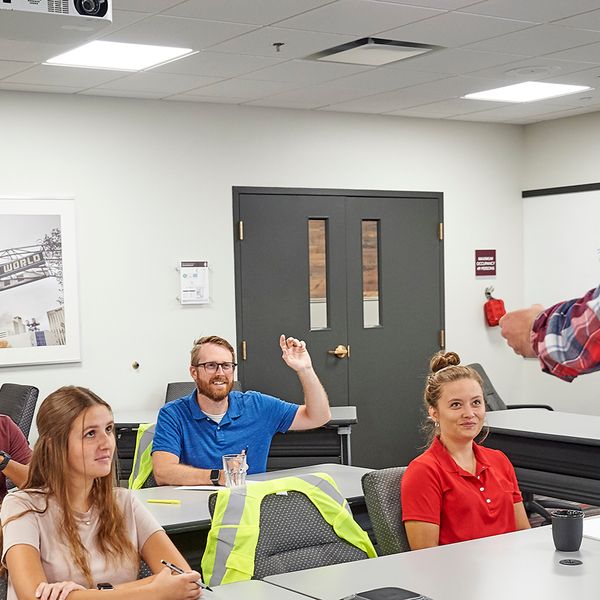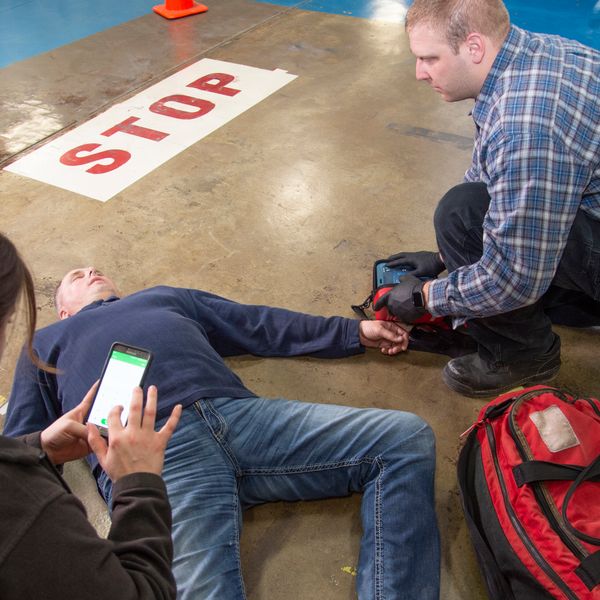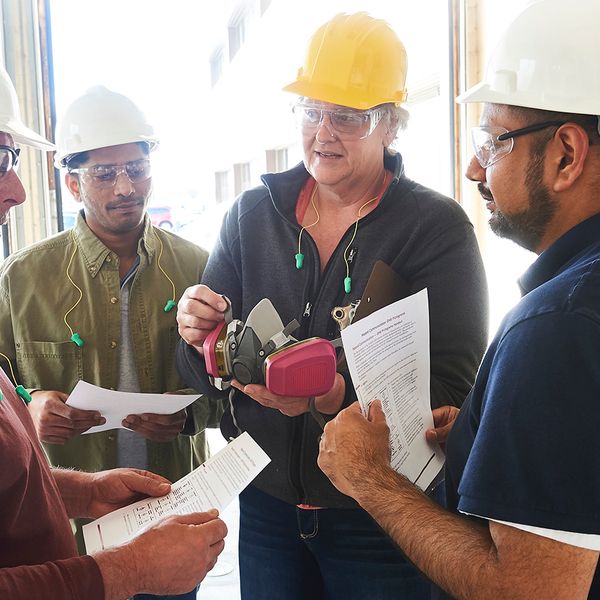Avoiding the ‘blame game’ virtual conference; professionals shared their tips and insights
Blaming employees for causing an accident is a common problem. It can prevent the employer from determining the root cause, which often results in similar future accidents. Even though employee behaviors do contribute to incidents, employers are responsible for correcting behaviors just like they are responsible for correcting unsafe conditions.
J. J. Keller invited safety and HR professionals to share their challenges and success stories during an online Virtual Conference hosted on September 13, 2023. This virtual conference is separate from our webcasts and offers firsthand insight directly from other professionals. After an introduction, attendees entered breakout rooms for peer discussions. Read on for the event highlights.
Our next virtual conference, Let’s talk about workplace mental health, is scheduled for November 16, 2023. Visit the Expert Help area for details and registration links.
Discussion topics
An accident typically results from a combination of workplace conditions (hazards) and worker behaviors (actions). Too often, supervisors or accident investigators focus on the worker’s behavior and blame the worker. Although employee actions can contribute to incidents, the employee might have a reason for not following safety rules. Those reasons could include a lack of training, or even pressure from management to work faster. To help facilitate discussion, we offered two questions to get the conversation started:
- What strategies have you applied to address or avoid a “blame the employee” reaction?
- How have you encouraged upper management to hold supervisors accountable for safety?
Attendee discussions
On the first question of applying strategies to avoid blame, attendees shared their experiences in bringing about a culture change that increases emphasis on safety. Some highlights and suggestions shared included the following:
- During safety and planning meetings, give reminders and safety tips (even if you get repetitive), and ensure the tips directly relate to the tasks performed. Remind workers that if they get hurt, they may end up waiting for help to arrive, and nobody wants that to happen.
- Several attendees commented on the importance of developing a comprehensive safety program that involves all levels of the organization. Get as much of the corporate base as possible (including C-suite executives) involved in safety committees. This requires knowing who the players are to get the program going.
- Don’t merely tell employees what to do, but explain why certain processes are required.
- During accident investigations, emphasize to employees that the company is not looking to place blame. The investigation will focus on facts, not punishment, with a goal of preventing future incidents. One attendee noted that using the 5 Why process can help get beyond blame by digging deeper.
- When evaluating how to prevent future incidents, consider two questions: What could the company have done to prevent it? What could the employee have done to prevent it? Recognize that there’s likely more that the company could have done.
- Find ways to solve issues without spending a lot of money, and try to get some “wins” to encourage further change. One attendee posted Time Clock Tidbits with safety notes that employees would see every day.
For related information, see our article on Tips and tricks for Interviewing witnesses after accidents.
On the second question of supervisor accountability, attendees noted a need for upper management support for holding supervisors accountable. Too often, production has priority over safety, particularly if a supervisor has been fired for failing to meet production expectations. Other thoughts shared included:
- Incorporate safety into supervisor performance reviews — not just negatives or failures, but include kudos and positive feedback. Related, safety professionals could share their experiences (especially positive experiences) with a supervisor’s superior to provide reinforcement.
- Get supervisors involved in accident investigations. Have the supervisor deliver the investigation report, explaining what happened, how it happened, and what the supervisor could have done differently to prevent it.
- If supervisors are not following safety rules, review documented policies with them to show that the company expects compliance. Ask the supervisor if they’d like to request a variance from upper management.
Employers can encourage a culture change through actions like tracking incidents and near misses, but a key is making things relatable and personable.
Key to remember: Blaming employees for accidents could prevent identification of a root cause, resulting in a failure to prevent future incidents.



















































